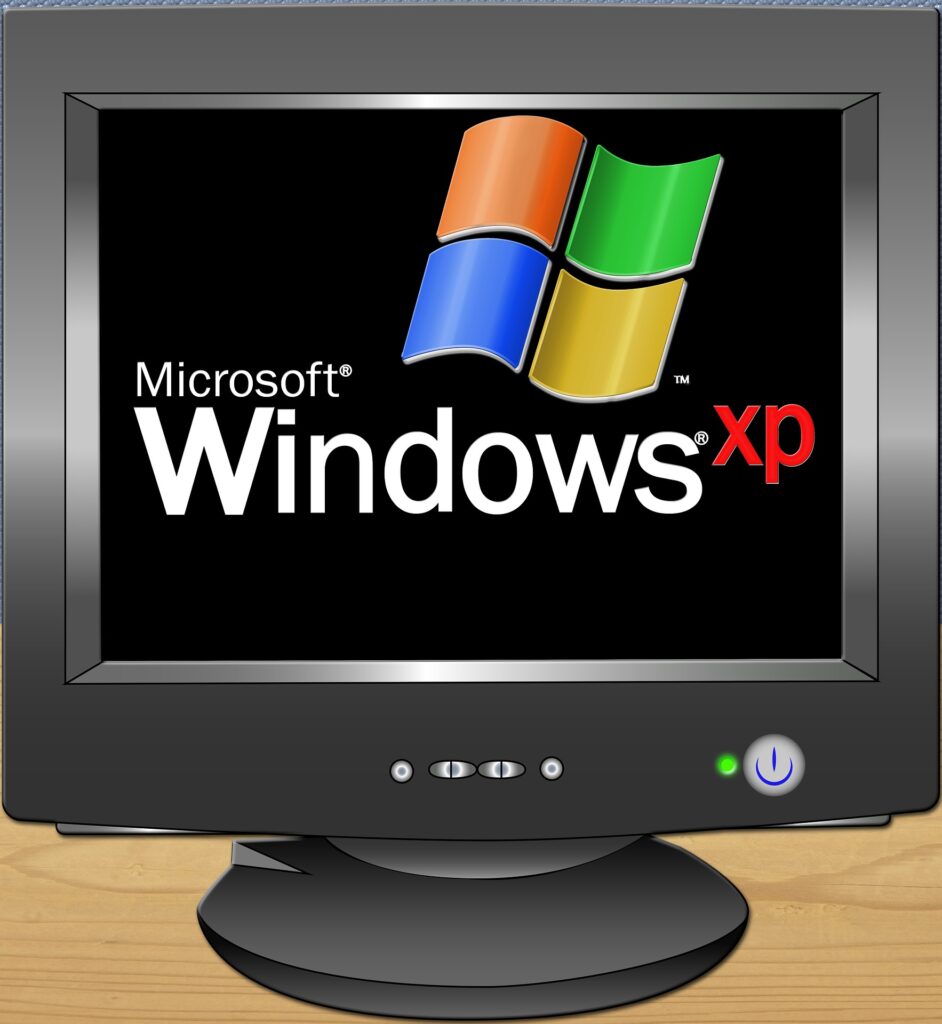
If you end a system process, a system component may no longer function correctly. If you exit a program in this manner, data that has not been saved will be lost. Note: Proceed with caution when you end a process. If you want to end a process and all processes directly or indirectly related to it, right-click the process that you want to end, and then click End Process Tree.If you want to end a single process, click the process that you want to end, and then click End Process.Do one of the following, depending on the action that you want to perform:.

To match a process with a running program, right-click the program name on the Applications tab of Windows Task Manager, and then click Go To Process. A process can be an application that you start or subsystems and services that are managed by the operating system. The Processes tab displays information about the processes that are running on the computer. Note: This procedure is very similar to starting a program by using the Run command on the Start menu. In the Create New Task dialog box, click Browse, locate and select the program that you want to start, click Open, and then click OK. Start a program: To start a program, click New Task. Switch to another program: To switch to another program, click the program that you want to switch to, and then click Switch To. Note: When you exit a program in this manner, any unsaved data in that program is lost.

Other topics are intended for a more advanced audience. Some of the help topics are intended for a general audience.


 0 kommentar(er)
0 kommentar(er)
